






of







of







of





















One of the religious monuments constructed by Karbalayi Safikhan Garabaghi is the Haji Alakbar Mosque that built-in the Fuzuli district of Azerbaijan. The construction date of the Mosque is 1889-1890. The stone inscription on the main entrance also indicates that the architect of the Haji Alakbar Mosque is Karbalayi Safikhan Garabaghi. The Mosque was built at the expense of the philanthropist Haji Alakbar bey. He allocated funds and invited masters from Shusha for the construction of the Mosque. As a token of honor and respect for his charitable deeds, the local people buried Haji Alakbar bey opposite the first of the left windows of the mosque constructed by himself and named the Mosque with his name as Haji Alakbar Mosque.[1]
The Haji Alakbar Mosque is a two-floored building. The general plan of it was square-shaped, which makes similarities with the Shusha and Aghdam cities’ Juma mosques that were also constructed by the architect Karbalayi Safikhan Garabaghi. However, unlike the two previous mosques, the portal of the Haji Alakbar Mosque is not symmetrical. The reason for this asymmetry is a large veranda with glass that is designed for women on the second floor and the subsidiary room on the first floor. “Pilasters installed on three other facades of the mosque are considered to be a continuation of its internal structures. By adding rectangular geometric figures on the pilasters in the main facade the architect tried this part to look even more beautiful. The asymmetrical dusky portal with bow-shaped arch arranged in the white background of the main facade and decorated with geometric elements attracts attention from afar”.[2]
While entering the Mosque one could feel the coolness and silence even on hot summer days. This was specifically designed by the architect of the Mosque while taking into consideration the local climate condition. There are four octagonal columns in the Mosque. These columns were supporting the vault and the nine central domes of the prayer hall of the Mosque and divided it into three naves. As mentioned before, opposite the altar of the second floor the architect constructed a veranda with glass, which was only for women’s use. This specific architectural style of the Mosque reminds the Juma mosques of Shusha and Aghdam cities. The Mosque was decorated with famous Karabakh rugs and carpets. “The study of Haji Alakbar mosque showed that the local builders not once having carried out spontaneous restoration works on this monument, which included in Kerbelai Safikhan Garabaghi’s mosques without minaret and as a result the roof of the building has been modernized and the view of the pool in the opposite changed”.[3]
However, the beauty of this architectural monument faced with the Armenian vandalism after the occupation of the Fuzuli district by the Armenian Armed Forces in 1993 and the Mosque demolished and rendered useless.
[1] “Fizuli Region”, Armenian Vandalism: Azerbaijani Monuments in Captive. https://www.armenianvandalism.az/en_fizuli.html.
[2] Garabaghli, Rizvan, “Monuments of Architecture in Fizuli (Mosques)”, Problems of Arts and Culture: International scientific journal, No. 1(67), 2019, p. 63.
[3] Garabaghli, “Monuments of Architecture in Fizuli (Mosques)”, p. 64.
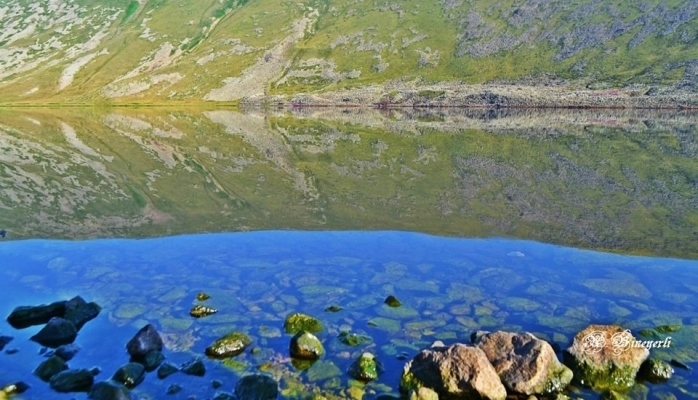
Qaragol Interrepublics State Reserve was set up with the decision of the Council of Ministers dated November17, 1987. Garagol State …

The idea of establishing Aghdam Bread Museum, which is considered to be the second in the world after the Zurich …
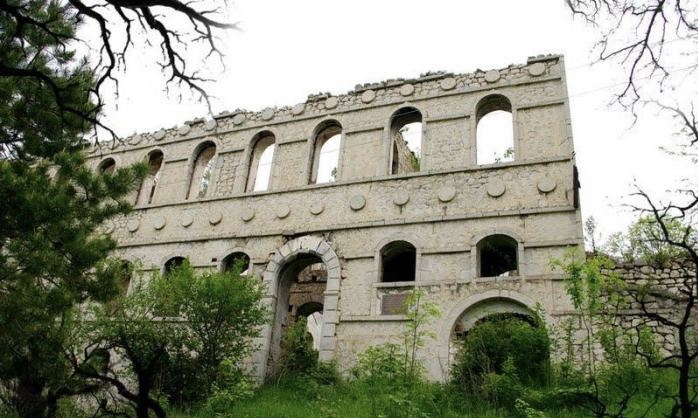
The Khurshudbanu Natavan’s House is a historical and architectural monument of the 18th century located in the city of Shusha. …

Museum Mausoleum Complex of Molla Panah Vagif is located in Shusha, Azerbaijan. It was built in honor of Molla Panah …
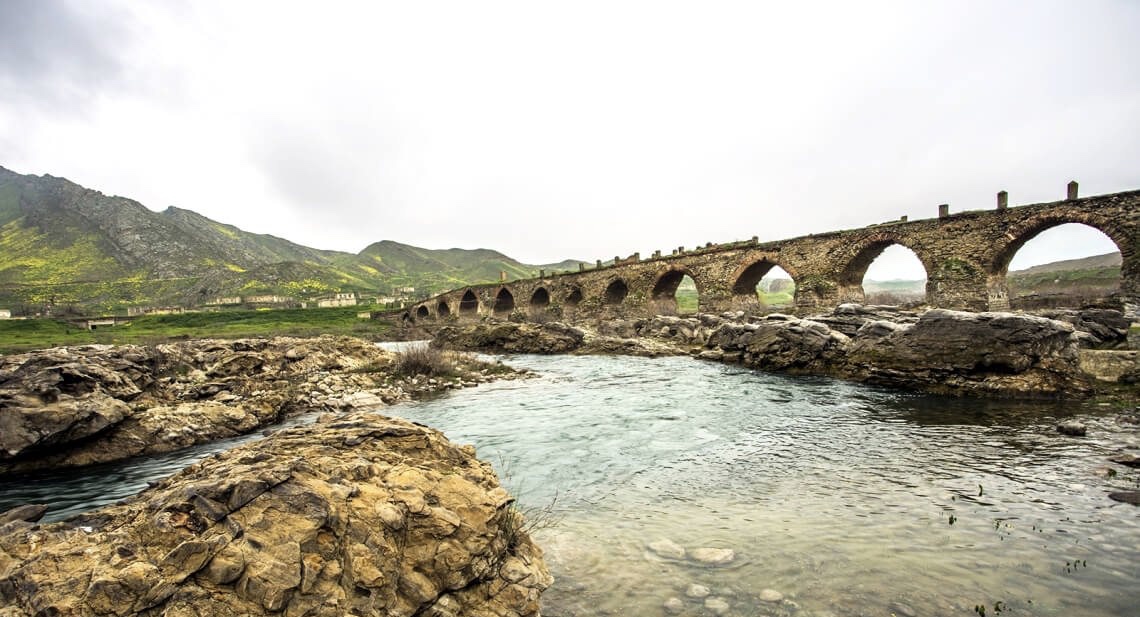
The Bridge belongs to the Arran architecture school. The first written source that mentioned the 15-arched Khudafarin Bridge belongs to …
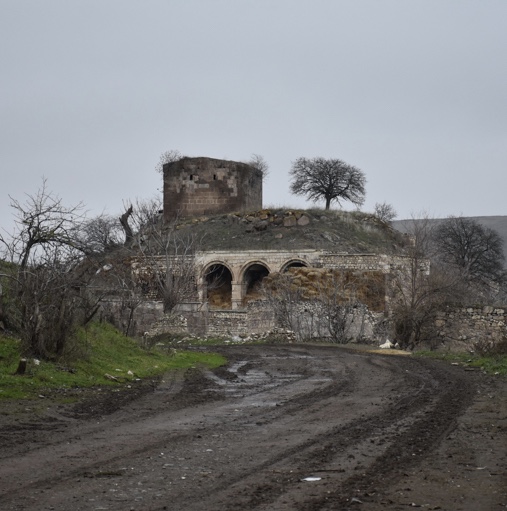
Garghabazar Caravanserai was built in 1681 at the hillside, in the center of Garghabazar village of Fuzuli district, 8 km …
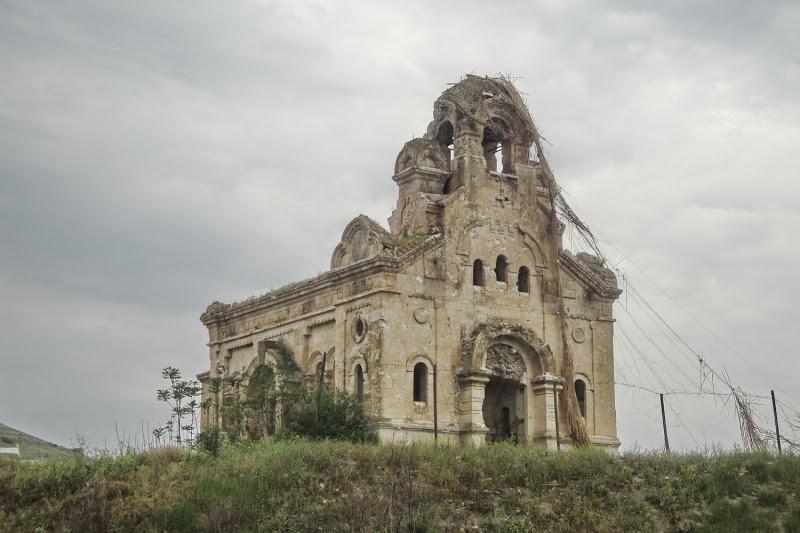
Armenia’s vandalism in Nagorno-Karabakh and seven surrounding regions affected not only the historical, cultural, and religious heritage of Islam but …

Jabrayil History-Ethnography Museum has been operating since 1953. Archaeological and ethnographic materials belonging to the history of the region, textiles, …

Khudavang, or Dedeveng, Monastery Complex is located in the Vang village of Kalbajar District, on the left bank of Tartar …

“The 19th century Aghdam Juma Mosque is perhaps the only structure that has withstood the years of neglect since the …